
Testosterone is well-known as the male sex hormone and it’s a hormone that tends to decrease as men age. Some foods can also decrease testosterone levels. It’s no surprise then that many men look for ways to naturally increase their testosterone levels. That desire often leads to a search for testosterone rich foods.
Having enough testosterone is more than just a way to satisfy the male ego. Instead, sufficient testosterone is important for health in both men and women. For example, the hormone plays a role in hair growth, bone health, muscle health, and sperm production.
However, because testosterone is a hormone, you’re not going to find it in food directly. The trick is to focus on foods that boost testosterone instead. These foods help to increase testosterone by getting your body to do the work for you.
That’s not all. You might be eating these foods specifically for testosterone benefits, but they all provide a range of other advantages for your health too, as they are full of desirable nutrients and plant-based compounds.
Testosterone Rich Foods (With Pictures!)
Eggs

Eggs, specifically the yolks of eggs, are a powerful source of nutrients. They’re also a very complete food, as you’re getting a decent amount of protein at the same time. Eggs end up being particularly good as a breakfast choice, as they offer a sustained source of energy.
The vitamin D in eggs is the key reason that they’re a good choice for people with low testosterone. Interestingly, the cholesterol in eggs might help to improve your testosterone too (which might be an unexpected effect).
Most people can eat an egg per day, or perhaps two, without any issues. This is partly because the cholesterol in your food doesn’t necessarily have a direct effect on the cholesterol levels in your body.
For the most part, the benefits of eggs far outweigh any issues, but if you’re concerned, talk to your doctor about your cholesterol levels. After all, the nutrients in eggs can all be found elsewhere.
Shellfish

Shellfish, particularly oysters, are notable for men because of their zinc content. Zinc is an important nutrient that can play a role in hormone balance and other parts of health.
If you have enough zinc in your diet, then increasing your zinc intake mightn’t have much impact on your testosterone levels at all. But, if you’re deficient in zinc, then shellfish could be an easy way to increase your testosterone levels.
Beef

There’s an ongoing debate surrounding red meat and health. Some studies have linked high levels of red meat consumption with increased risk of some types of cancer. This is especially true if you’re relying on processed meat.
On the other hand, red meat is rich in nutrients, including zinc and all the essential amino acids. You can also get some vitamin D from beef liver, which could help with testosterone levels as well.
To get the most out of red meat, it’s best to focus on high-quality meat and avoid eating red meat every day. Grass-fed beef is thought to be better than grain-fed, especially if you find a company that limits the use of hormones.
Salmon

Unlike red meat, salmon is almost universally recognized as being healthy. After all, the fish is a major source of omega 3 fatty acids and these compounds have been linked to many different health benefits.
Salmon is also one of the best foods for getting vitamin D, providing you with much more vitamin D per serving than red meat. The amount of vitamin D may be even higher for wild salmon compared to farmed salmon, although the precise vitamin D content can also vary depending on where the fish is caught.
Even with the variation in vitamin D levels, it’s clear that salmon is good for you. It also happens to be a rich and delicious fish that can be cooked in plenty of ways.
There’s even the chance that the omega 3 fatty acids help to increase testosterone levels. Some research in animals suggests as much, although the effect hasn’t proven in humans.
Tuna

Tuna is another marine source of vitamin D. Like salmon, tuna also contains many important nutrients and provides you with omega 3 fatty acids.
Perhaps the biggest advantage is that tuna tends to be inexpensive, especially if you choose canned tuna rather than fresh. Canned tuna can be even more relevant for people who don’t live near the sea. After all, if you’re too far away from the sea, fresh fish can often be expensive and difficult to find.
There is, however, one serious limitation. Tuna tends to be higher in mercury than many other types of fish. The mercury content is so significant that it’s best to stick to a single serving of tuna per week.
Herrings and Sardines

Many types of fish will provide you with some vitamin D. Herring and sardines are two other powerful choices. Both are notable for their vitamin D content and tend to be relatively low in mercury too.
Sardines have other advantages as well. For one thing, you can buy them canned. This makes them easy to use. You often end up eating the entire sardine, bones and all, which provides a different nutrient balance than you find when you’re just eating the flesh of fish.
However, while fish tends to be one of your best food options for vitamin D, the vitamin isn’t all that prevalent in food. You won’t be able to get all of your vitamin D from your diet alone. Thankfully, this doesn’t matter too much, as your body can produce vitamin D in the presence of sunlight.
Vitamin D Fortified Foods
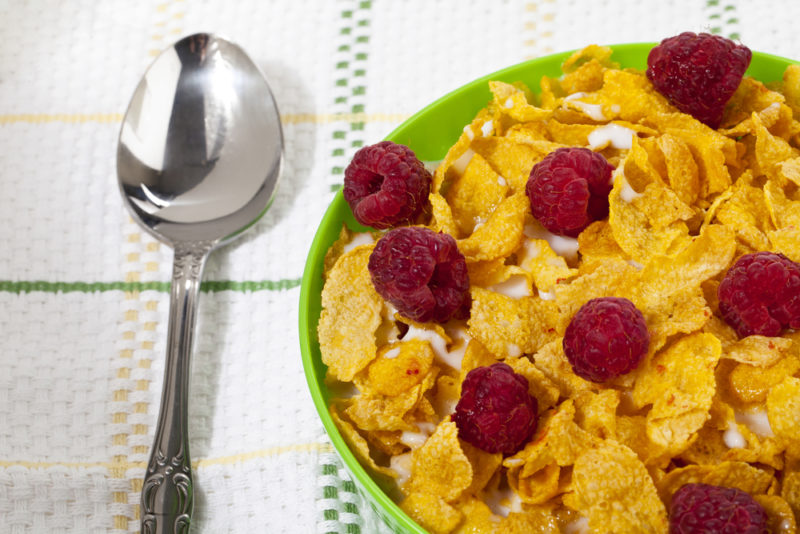
Many of the items on this list were chosen because of their vitamin D content. This means that foods fortified with vitamin D are an option as well.
Milk and cereal are two products where vitamin D fortification is common. Don’t worry if you’re vegan or vegetarian, as plant-based milk is often fortified too.
You could even rely on vitamin D fortified cereal and milk at the same time, which would give you plenty of vitamin D when you start the day.
Still, if you’re going to use vitamin D fortified cereal, make sure to check the ingredients label closely first. While cereal can be healthy, many companies rely on artificial ingredients and far too much sugar. Sometimes you’ll end up with an intense sugar hit from the cereal and not many nutrients at all.
Ginger

Vitamin D and zinc aren’t the only compounds in food that can help to increase testosterone levels. Some foods help with testosterone because of other compounds.
Ginger is one example of this. Including ginger in your diet regularly, or supplementing with it may be good for your testosterone and other aspects of male reproductive health.
Besides this, spices like ginger tend to be concentrated sources of nutrients and plant-based compounds. Getting spices like this regularly in your diet is one of the easiest ways to improve health, decrease inflammation, and lower your oxidative stress.
Garlic

Garlic is often used in cooking for its flavor, but it is also rich in plant-based compounds. Garlic is interesting for testosterone because of the compound allicin. This may help to decrease cortisol levels.
While the process isn’t guaranteed to increase testosterone, high amounts of cortisol may decrease testosterone levels. So, lowering cortisol could have the opposite effect. And, if nothing else, it’s clear that garlic is good for you, which is reason enough to have it in your diet regularly.
Pomegranate

The way that pomegranate can boost testosterone levels may be linked to the plant-based compounds that it contains. The effect isn’t too surprising, as pomegranate has long been considered a symbol of fertility.
It is also an excellent source of phytochemicals and antioxidants. These compounds can have many flow-on impacts on your health.
You could get the benefits by eating the fruit directly or you could turn to pomegranate juice instead. The juice provides a concentrated source of nutrients – and is much less messy than trying to pull a pomegranate apart.
Just be wary of your portion size, as fruit juice tends to be high in sugar. Even if the product has no added sugar, it’s easy to consume more sugar than you intend to.
Dark Leafy Greens

Vegetables like spinach, kale, and Swiss chard are all famous for their health benefits. It’s easy to see why too, as the leafy greens are all low in calories and rich in nutrients. They’re easy to include in your diet too, as they can be a key part of countless meals.
We’re talking about leafy greens in this list because of their magnesium content. Magnesium is an essential mineral, one that may help to improve testosterone levels, especially in active people.
Of course, the balance of nutrients will vary from one type of leafy green to the next. Spinach is a notable choice for its magnesium content, giving you around 160 mg of magnesium in a serving.
Spinach does have its limitations too, as it is higher in oxalates than any other leafy green. This is one reason why it’s best to rely on a variety of leafy greens in your diet, rather than a single type.
Brazil Nuts

Magnesium is a common mineral, so we’re not going to feature every magnesium rich food as part of this list. Still, we do want to talk about Brazil nuts.
These large nuts aren’t nearly as popular as almonds and cashews, and their combination of flavor and texture doesn’t appeal to everyone. Even so, they’re very interesting for male health.
Not only do the nuts provide a decent amount of magnesium, but they’re also a powerful source of selenium. You only need to eat a few of the nuts to get your daily intake of selenium, which is impressive indeed.
Like magnesium, selenium has been linked to increased testosterone levels. The compound may help to improve male reproductive health in other ways too. Just be wary of your portion size. The high amount of selenium in Brazil nuts means that it’s easy to consume too much selenium, which you don’t want to do.
Almonds

Almonds might not be a good source of selenium, but they’re still a decent choice for increasing testosterone levels. This time the reason is the zinc present in the nuts. As we mentioned earlier, zinc may play a role in testosterone production, especially if you’re deficient in zinc.
And, of course, almonds are a good source of other nutrients too. They’re also an easy snack for increasing your protein intake.
Cruciferous Vegetables

The link between cruciferous vegetables and testosterone levels is interesting. While the other items on this list aid in testosterone production in some way, cruciferous vegetables may help by decreasing estrogen levels. This may make regulation of testosterone levels easier, leading to more testosterone.
There are many types of cruciferous vegetables to choose from, including Brussels sprouts, cauliflower, and broccoli. The leafy greens, like kale, that we mentioned earlier also fall into the cruciferous vegetable family.
Each type of cruciferous vegetable will have its own balance of nutrients and plant-based compounds. Some of these compounds could also help with testosterone levels or other aspects of male reproductive health.
Beans
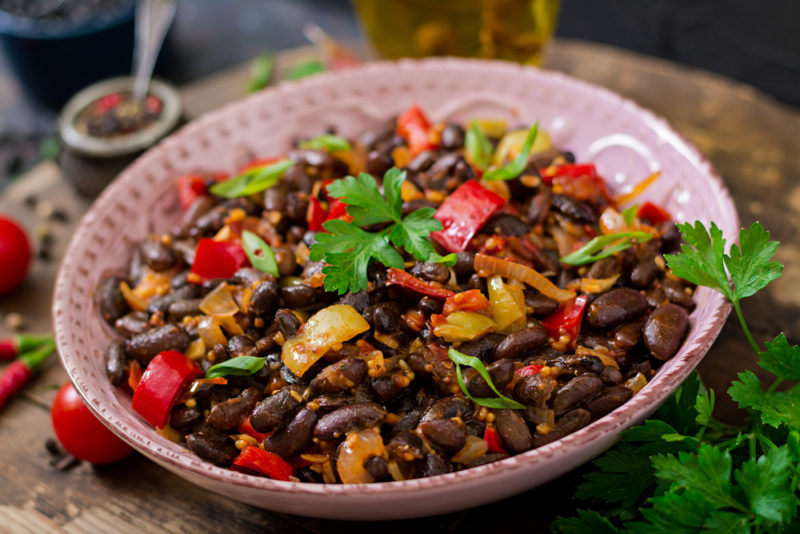
Beans are somewhat controversial, as they are a type of legume and may contain antinutrients. Despite this, beans are highly relevant for testosterone levels, as they contain vitamin D and zinc.
We’ve already mentioned various zinc-containing foods on this list, along with plenty that include vitamin D, but there aren’t all that many foods that contain decent amounts of both compounds.
Besides that, beans are an easy ingredient to add into your diet. They’re also inexpensive, are a decent source of protein and fiber, and are an excellent alternative to meat. So, why not eat them a little more often?
Onions

Like garlic and ginger, onions are relevant to testosterone because of the plant-based compounds that they contain. Such compounds are often linked to positive health outcomes, along with impacts like decreasing oxidative stress and lowering inflammation.
Onions are also very easy to use. You can chop them up and include them in countless recipes, often without influencing the flavor of your meal much at all.
Some people choose to eat raw onions instead. For example, raw red onions are fairly common in sandwiches and salads. Eating onions raw may provide you with more healthy compounds than you get when the onions are cooked, although raw onions do have a much stronger flavor.




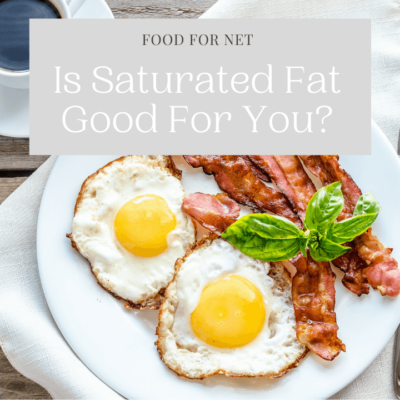



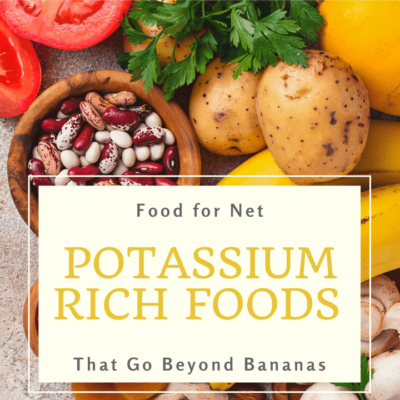
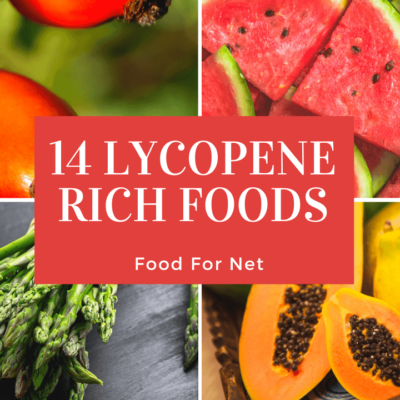






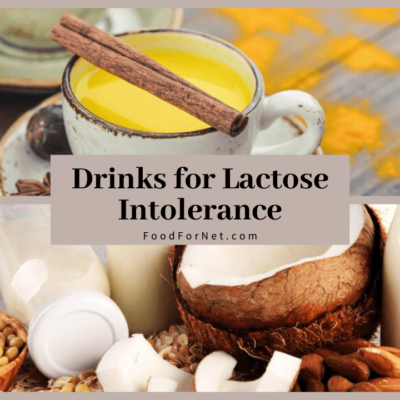
 6 Fun Craft of the Month Clubs for Kids
6 Fun Craft of the Month Clubs for Kids
Great list. But wait…you forgot beef liver !